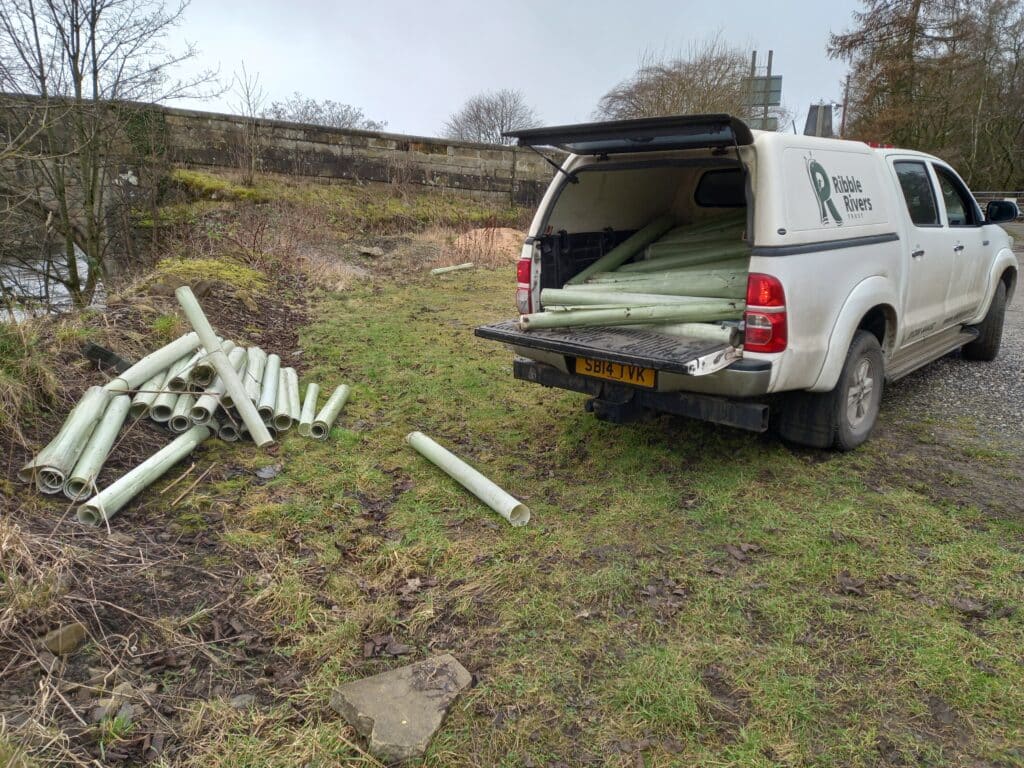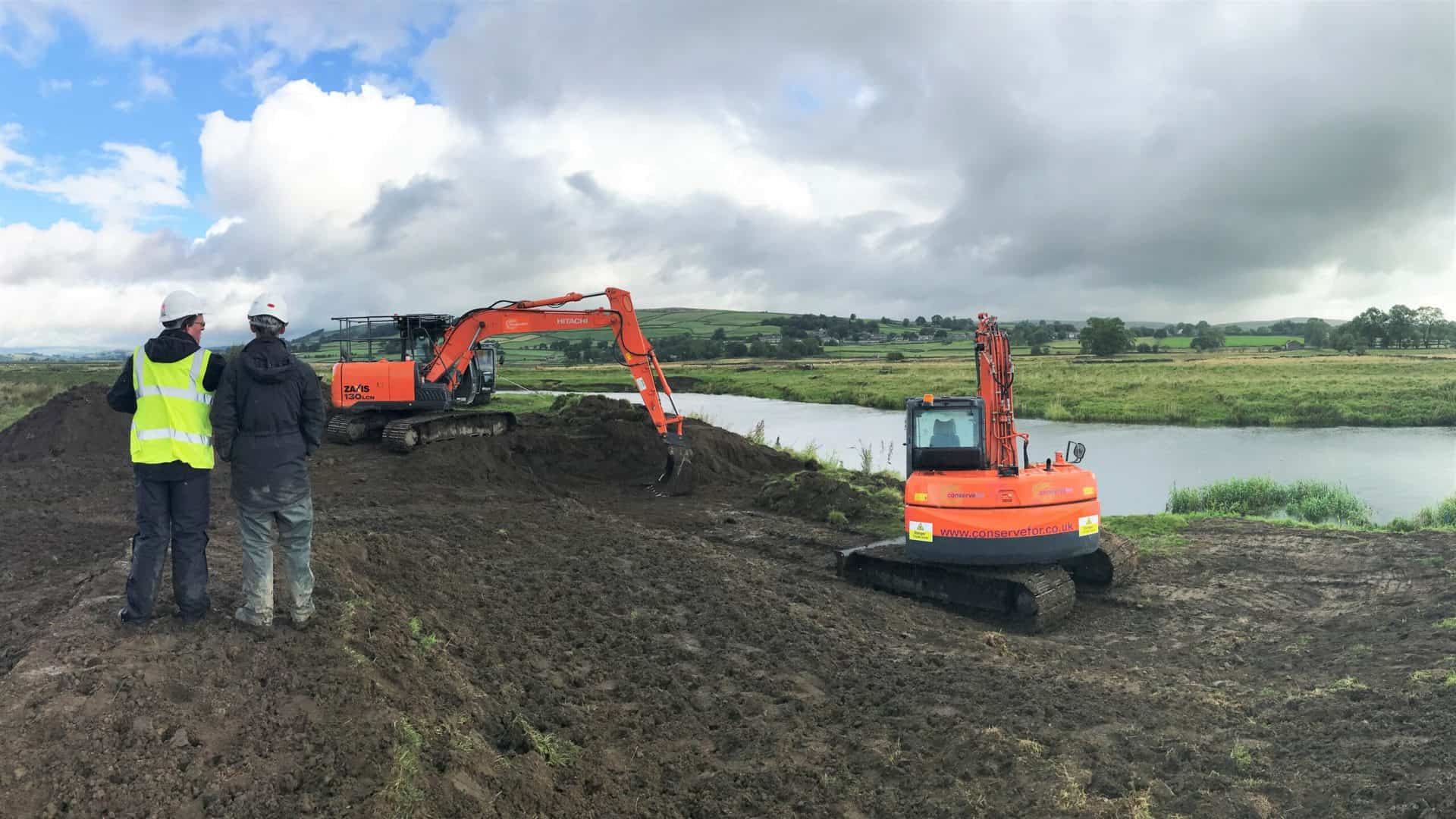
how we work
getting things done
As a data and evidence led organisation, everything we do us backed up by science. From identifying opportunities, to collecting evidence, to showing the project is needed, to monitoring success, data and evidence is the thread that runs though all our river conservation projects. From the very start to the very end. You might be wondering why we use so much data and evidence? There are many reasons, but it all boils down to the fact that data and evidence makes sure that we deliver the maximum benefit for wildlife and people, every time.
What exactly is a data and evidence base?
We use a GIS computer programme to manage our huge database. This helps us to model the catchment. All the data and evidence we have is separated into visual layers overlaid on a map. So, we have layers showing rainfall data, land use, habitat type, pollution levels, species present, river health, and much more. The clever thing is that GIS can show lots of layers. Overlaying layers then shows up hotspots where we might have multiple issues. It also shows the areas that are best left alone too!
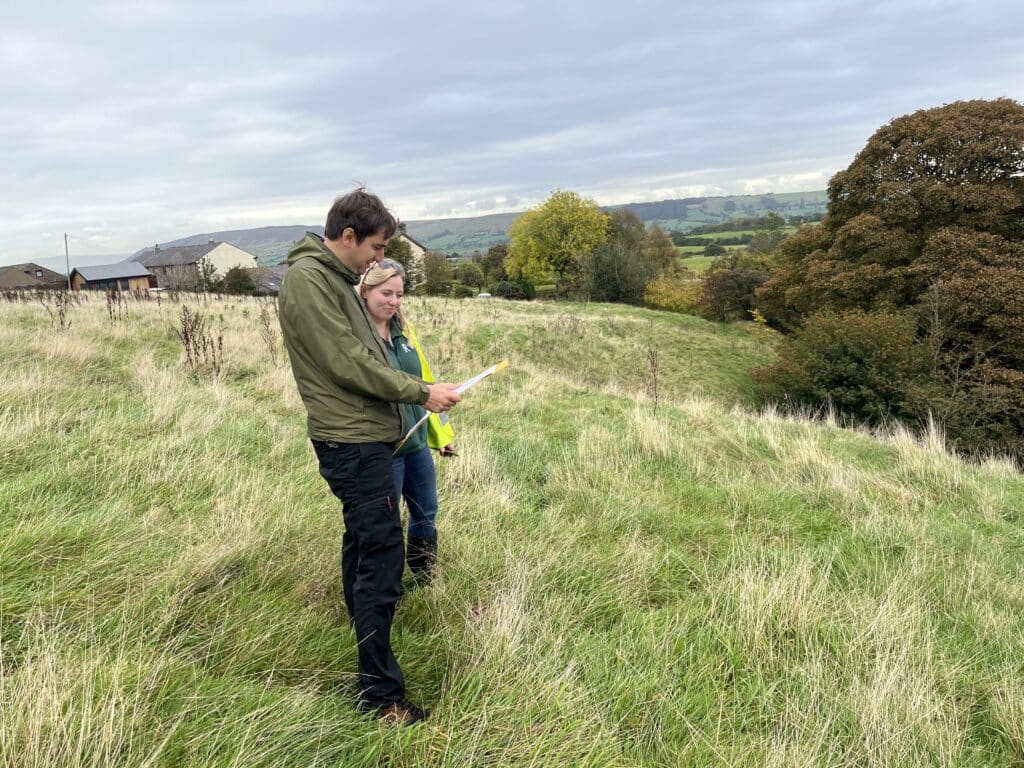
identifying opportunities
This is the first step of any river conservation project. At this point we our in-depth knowledge of the Ribble river catchment and our data and evidence base to identify areas which have the potential for improvement.
Plus, we have to get the landowner on board, get permits, survey the sites, and more. This is the point where we have to find funding too. As a charity that receives no government funding almost all of our money comes from grants.
Then we get out thinking hats on. Although our data and evidence can tell us where we’re needed, it can’t tell us how we should work to develop our environment improvement projects. So, we’ll visit the sites to make sure that what we’re seeing on the screen is right. Only then can we properly visualize what our project will look like.
Depending on the size of the project, funding applications can take days, weeks, or even months to complete. There’s no guarantee that we’ll be successful so all this prep work could lead to an amazing project. Or it could stop here.
analysing Data and evidence
Data and evidence underline absolutely everything we do. Using our huge information database and GIS mapping programme we can decipher data on land usage, habitat type, flood risk, potential pollution issues, rainwater flow paths, and more. This information is displayed visually as layers over a map.
This is then used to model how a woodland, wetland, or weir removal would positively impact the land and help to make sure project will have the maximum benefit to wildlife and human communities. It can also show whether or not we should tweak the project. Perhaps moving a wetland slightly could intercept a flow path, preventing flash flooding whilst providing habitat for breeding waders.
In some cases, data and evidence can stop a project in its tracks. When we get new data from partner organisations, it can change everything. For example, we might get data from the RSPB which tells us that a site is a priority for breeding wading birds. In this case we’ll make some changes to protect the species that are already there.
Whatever the project, this part of the process means we know what the outcomes of our work will be before we get our spades in the ground.
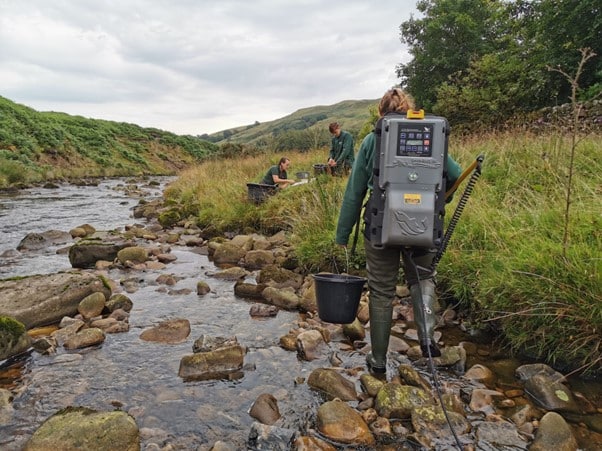
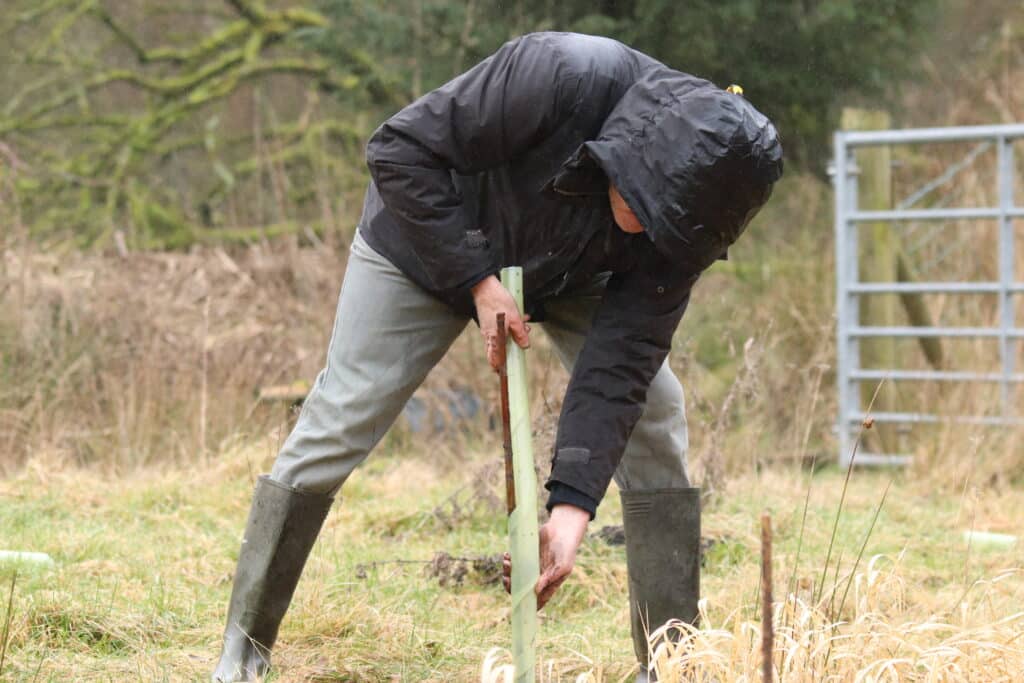
River conservation in Action
Direct, physical action is one of our specialties. We’re proud to turn our words into actions; it’s the core of how we work.
It’s now been over two decades since Ribble Rivers Trust started to take direct, physical action river conservation action across Lancashire and North Yorkshire and, in the last 5 years, this work has really ramped up.
Almost all of our work is done ourselves, and we only contract work out to trusted contractors when we absolutely can’t manage a job ourselves. Given the huge range of specialist, and sometimes very random, skills our team has it doesn’t happen too often.
Of course, sometimes it takes time to see how our work is affecting our rivers. For example, a fish passage might see fish moving up and down within days or weeks, so we can quickly see the benefits. But, if our river conservation project aimed to plant trees to create shade for rivers and lower water temperatures, we might not see the benefit for years.
We’re proud to employ some highly skilled and experienced team members. From project managers to education officers to fisheries scientists, we all work together to take action for the environment. Plus, a special mention goes to our dedicated volunteers. They’re as important as our staff, and they give their spare time to help improve the landscape they live in.
There are many issues in the area but so many issues have been resolved and so much work has been achieved. Here at Ribble Rivers Trust, we always put the environment, rivers, and wildlife first.
Education and engagement
Our children are our future, and we’ve been working with school children in the area for decades, helping them learn more about their local rivers, the amazing wildlife they support, and how they can live a river friendly life.
This is a vital component of how we work. Not only are we helping to educate the river guardians of the future, but we also know we’re helping children to develop a lifelong love and deep connection with the natural world, which they’ll carry with them for life.
This education work is now at a stage where we are starting to meet the young people we have taught in the classroom at other events. Here, they tell us how we’ve influenced them, what they remember, and how it’s inspired them.
But it’s not just children that we want to engage with. Opportunities for adults including guided walks, free training sessions, citizen science programs, family fun days, and workshops are all ways we can connect with adults and families. Our aim here is to help people to enjoy, discover, and learn more about the natural world around them.
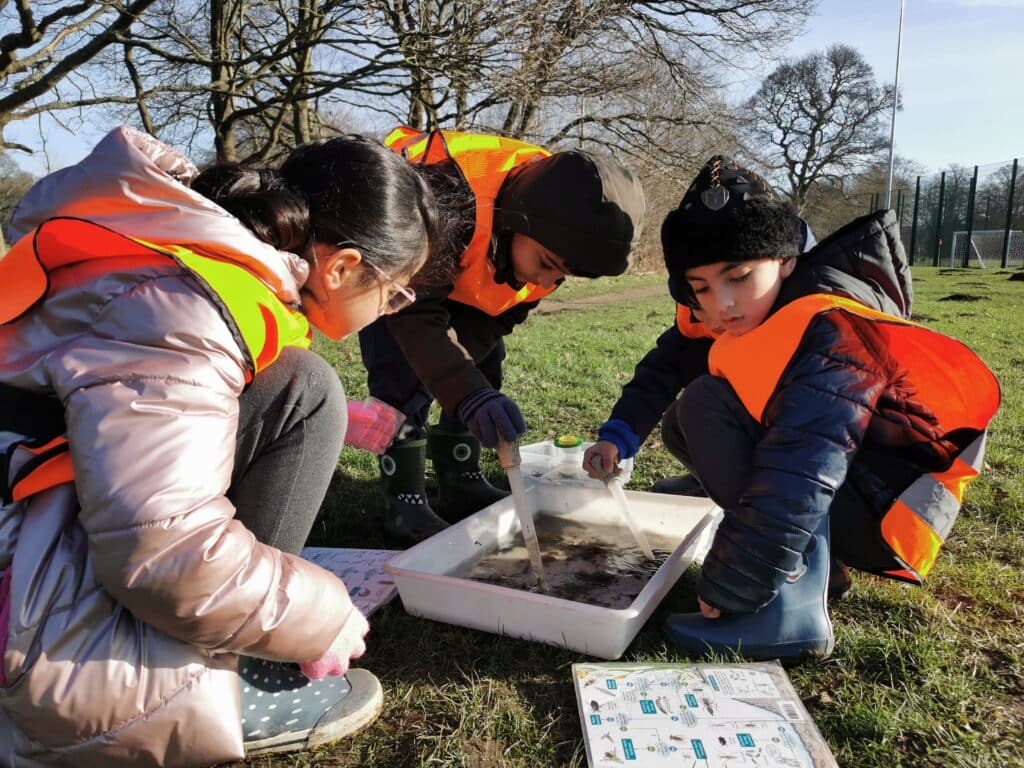
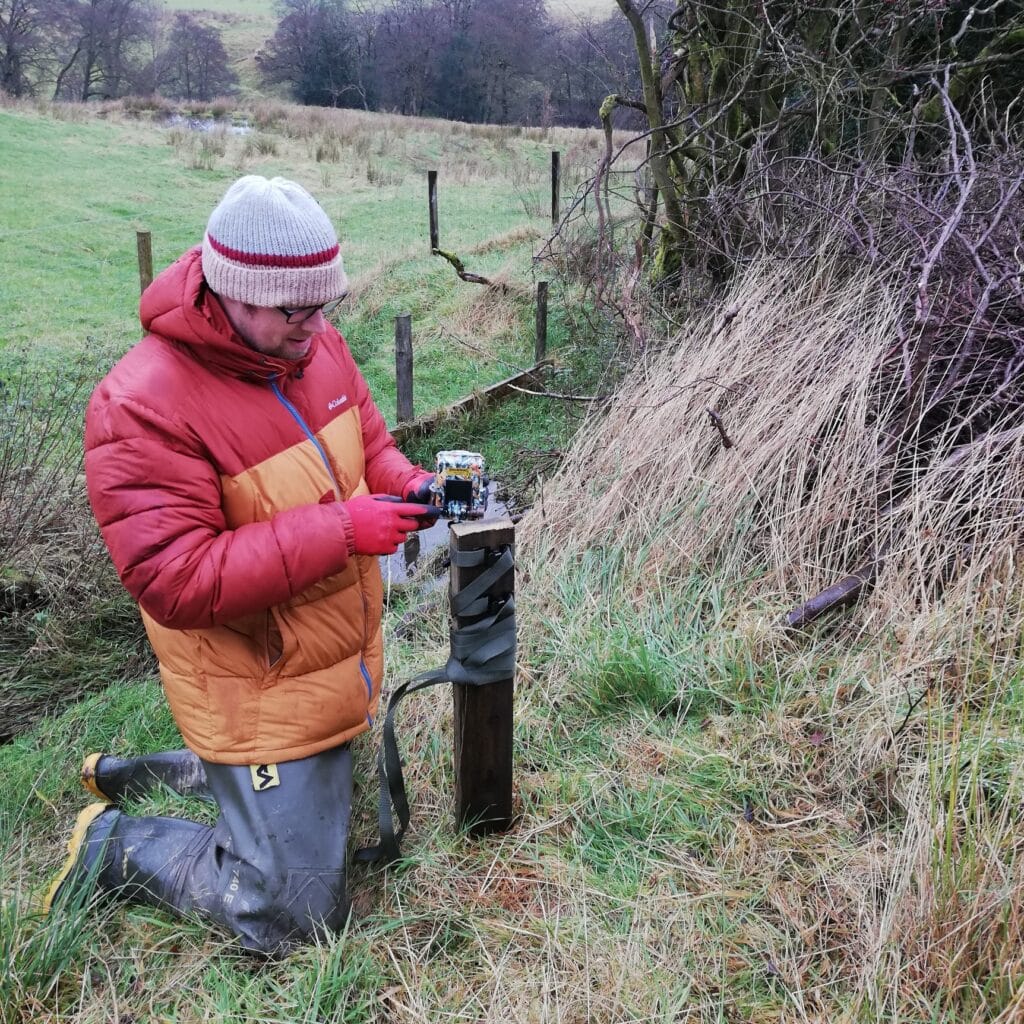
Monitoring and evaluation
Measuring success is important with any project, and our work is no different. After all, we might have fun working on these river conservation projects, but they aren’t for us, they’re for the wildlife and people that make the Ribble river catchment their home.
Our capital projects, or physical projects, are all monitored, and this can typically include invertebrate sampling, fish tracking, water quality and temperature logging, and aerial photography. When we do this, we always get before and after data at the least. This means we can compare the old data with the new data and look for improvements.
Monitoring education and engagement is important too. Here the results are much easier to gather. For most of our activities we use simple surveys and feedback forms to make sure our activities are engaging, educational, and fun!
Maintenance
Every project needs maintenance. With hundreds of miles of rivers and streams, hundreds of acres of woodland, and dozens of wetlands, peat restoration sites, and other projects, maintenance takes up a lot of time.
Project maintenance is one of the activities that many funders aren’t very eager to pay for. So, it can make it difficult to fit this into our schedule. However, sites need maintenance to thrive, so we always manage to make time for this important activity.
Woodlands often need the most maintenance. The contracts we sign usually include maintenance agreements. This means that, after a pre-decided number of years, we will revisit the site, remove the guards and ensure the woodland is thriving. Of course, some natural losses occur, but it a higher than usual number of trees have died we will replace them to keep the numbers up.
Our dedicated volunteers get another special mention here. Alongside our volunteer coordinators, and sometimes in their own spare time, these folks spend a large part of their time caring for and maintaining our work, ensuring it remains effective and thrives.
